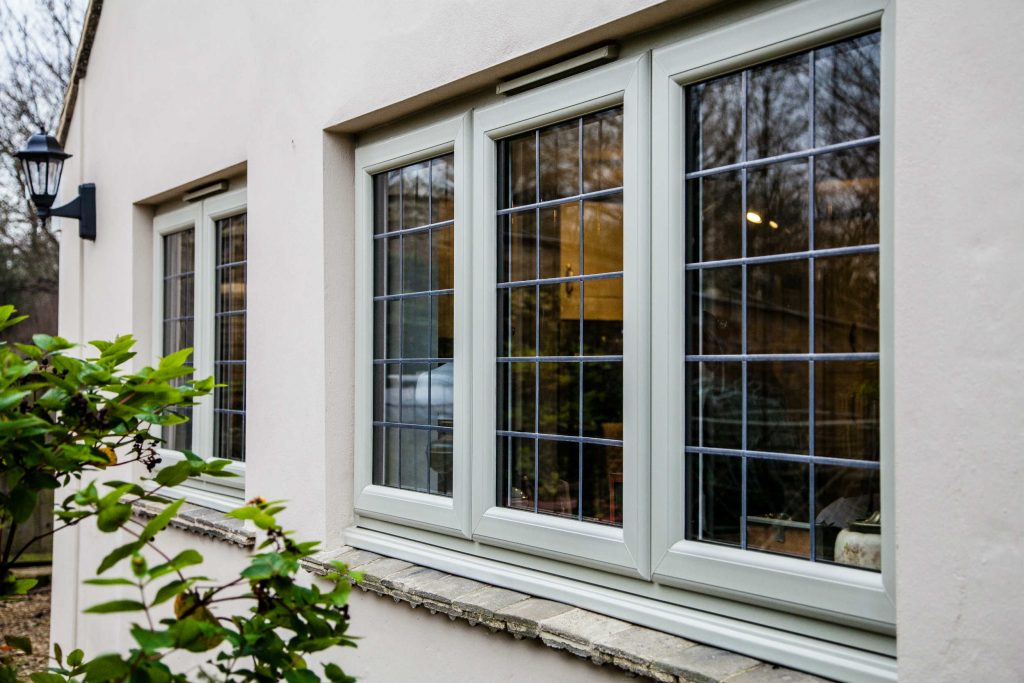All Categories
Featured
Table of Contents
4 Benefits Of Double Glazed Windows In The Summer in Karrinyup Perth
That window can transmit more solar heat in winter than in summertime. A west-facing window on a summertime's afternoon has an angle of occurrence from near 0 up to 30 with a big effective area of solar radiation. A north-facing window, in summertime, has a high angle of occurrence and a low reliable location of solar radiation, so can send less heat than a west-facing one.

You can rapidly and easily enhance the thermal efficiency of your home by changing your windows. This is one of the most effective techniques of remodelling to accomplish better thermal comfort. There are thousands of types of glass and frames to select from. Picking the right ones is necessary to enhancing the energy effectiveness of your home.
Double Glazing Windows - The Best Installers In The Uk ... in Bedfordale Perth
Single glazing with clear glass is not extremely efficient when it comes to heat loss or gain. To enhance performance, you can utilize single glazing with a more energy-efficient type of glass such as low emissivity (low-e) glass.
Several layers can be put together with sealed cavities between each sheet of glass. IGUs typically provide much better energy performance than single glazing, due to the fact that they send less energy. Nevertheless, the energy efficiency of IGUs also depends on: the homes of each layer of glass. Different glass types (for instance, clear and low-e glass) can be put together in an IGU.
Carnegie 3163, Vic. Amazing Service By Aps Double Glazing in Beldon Perth

IGU cavities can be filled with air or a more inert, low-conductivity gas such as argon the width of the cavity. Cavity density is usually 6 to 18mm. Larger cavities provide lower (better) U worths, with 12mm generally accepted as the preferred gap how well the cavity is sealed. Cavities should be dry and well sealed to avoid moisture getting in.
If argon is set up to the cavity in place of air, moisture is reliably excluded the level of desiccant (drying representative). The spacer (metal or polymer strip) that separates the glass layers contains a desiccant to soak up any moisture. Insufficient desiccant might cause moisture to condense on the glass surface in cold conditions, decreasing thermal performance.
Double Glazing - Windows - Doors in Girrawheen WA
IGUs can provide better energy efficiency for all climates, specifically in heated and air-conditioned homes. Cross-section detail of single, double and triple-glazing systems Low emissivity glass (typically understood as low-e glass) reduces heat transfer. Low-e glass might be either high or low transmission: High transmission low-e glass has a coating that enables daytime from the sun to enter your home to achieve good solar heat gain, however minimizes the amount of the long wavelength infrared heat that can leave back through the window.
Low-e glass has either a pyrolytic finishing or a vacuum-deposited thin film metal finish. Pyrolytic coatings are durable and can be utilized for any glazing; vacuum-deposited coverings are soft and are just utilized within IGUs. Low-e coatings can significantly improve both U worth and SHGC; however, they must be utilized correctly or they will either deteriorate or stop working to perform as needed.
Double Glazed Windows Melbourne - Upvc - German ... in Manning Western Australia
Low-e finishes can be used in combination with clear, toned or reflective glass. Low-e finishings on glazing can minimize heat transfer where needed Photo: Department of Industry, Science, Energy and Resources Toned glass has colouring ingredients included during manufacture. It is offered in numerous colours, generally bronze, grey, blue and green.
Latest Posts
Double Glazed Windows in Floreat Perth
Insulated Glass Unit – Igu in Lathlain Perth
What Is Triple Glazing? - Infinite Windows in Attadale Perth